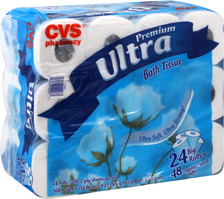 |
| SELLING TO YOUR AUDIENCE! |
The first step is obviously to grab somebody's attention. It's the moment of "Hey you!"
The best ways to nab attention are to educate and entertain. You have to be outlandish and outrageous, so you'll get noticed, but it's also important to have a product or service worth all that attention.
 |
| "Our brand Ski Poles are fire-resistant!" |
This is the "You want!" portion of the portion of the pitch. You talk up the benefits and never disclose the bad news. You create buzz. A good trick is to act like you're revealing a secret to a customer. They'll feel like they can be trusted and everyone likes the feeling of being an insider.
 |
| "You look at the camera too much." |
The "We've got!" statement. Now that they're interested, you make the product or service available, thus turning their interest into desire. Maslow is a key figure here. Of course, we all desire safety and comfort, but also intellectual pursuits and the ability to simplify our lives. How will whatever you're selling play-in to all that?
Action
"Buy Now."







































